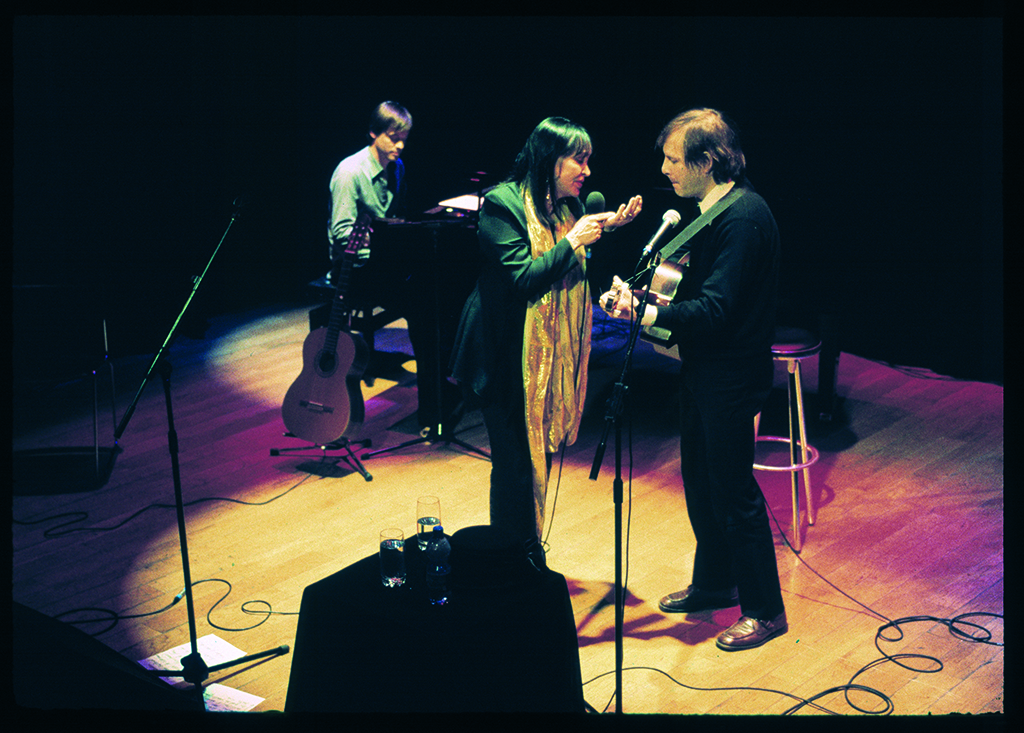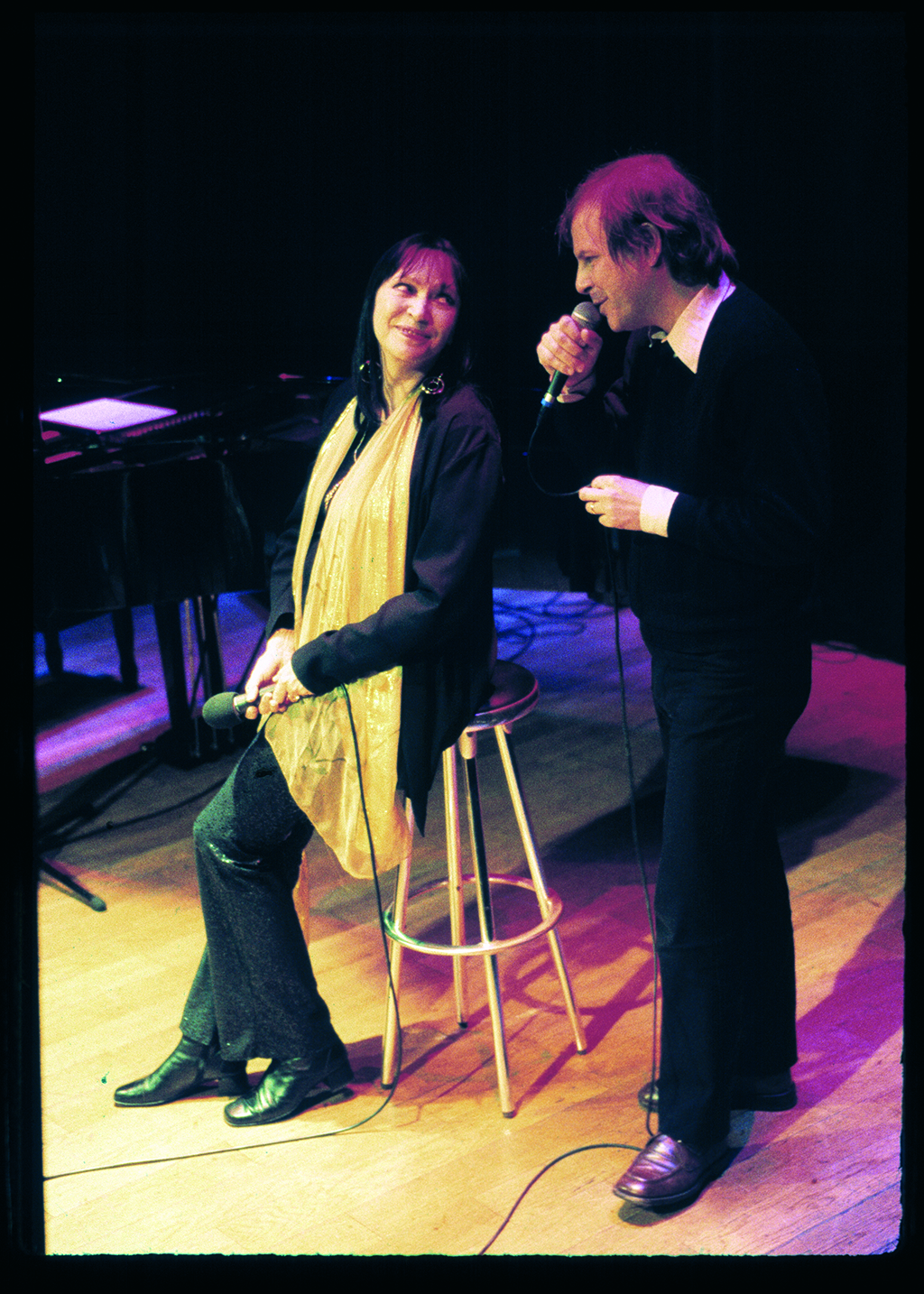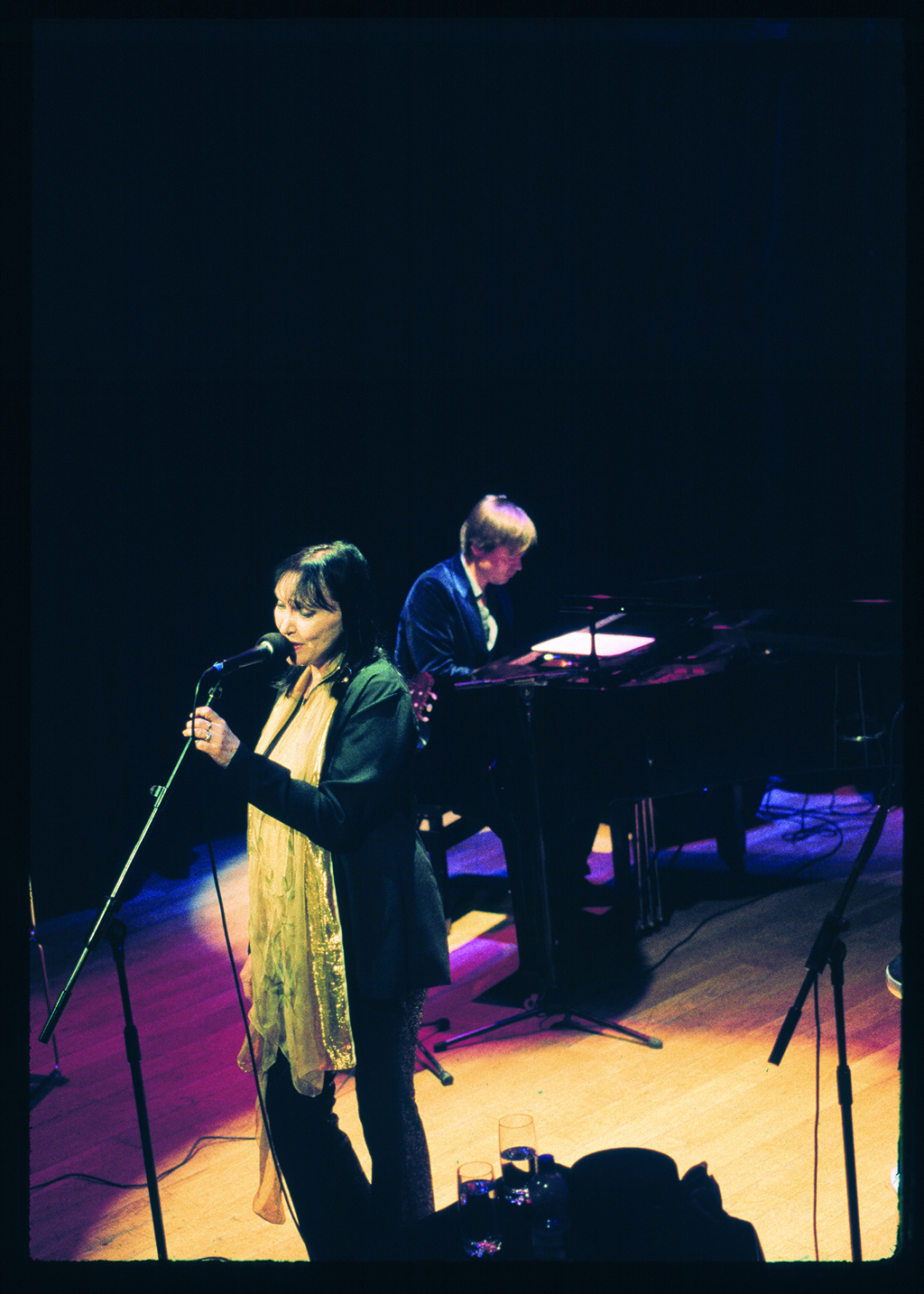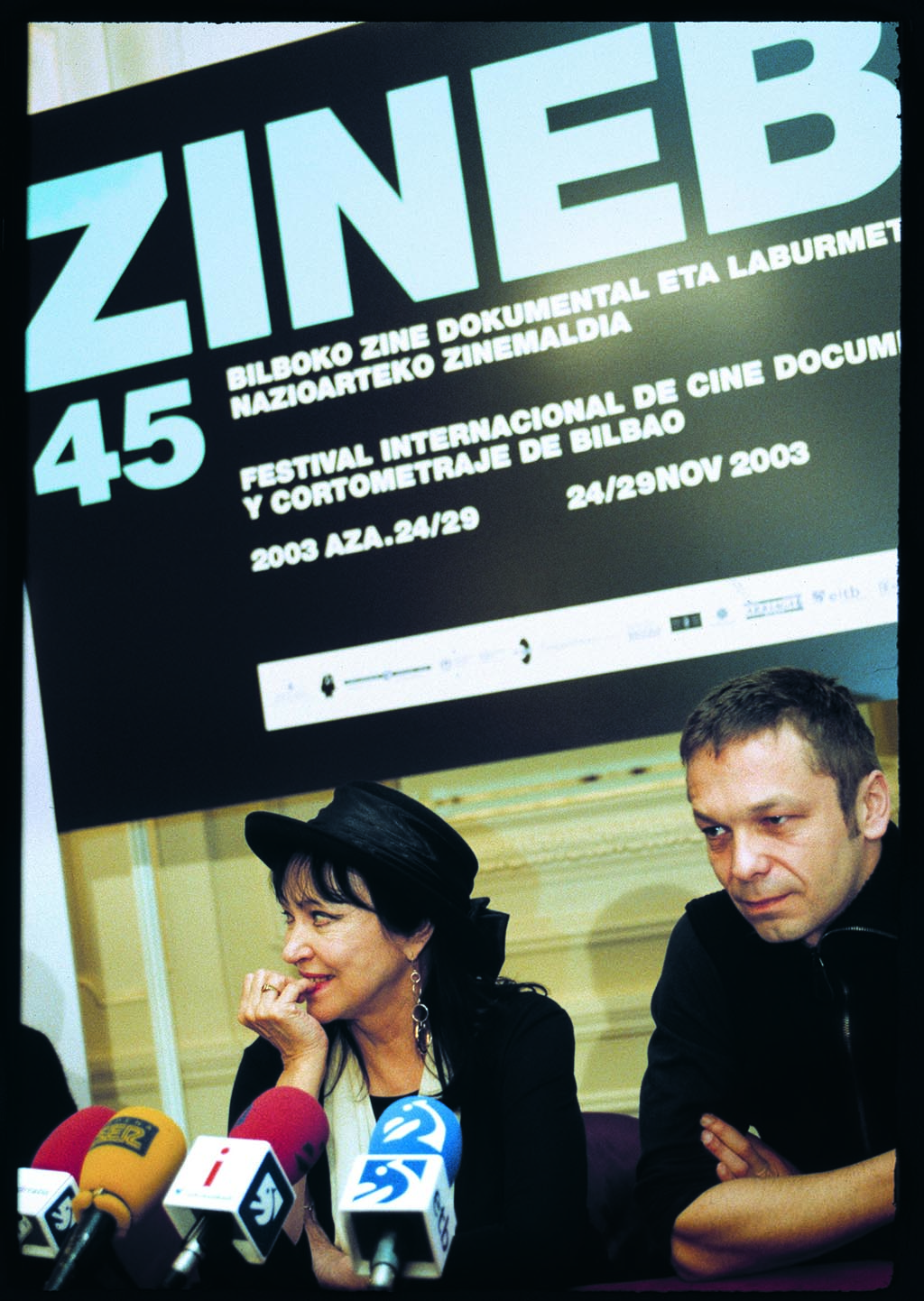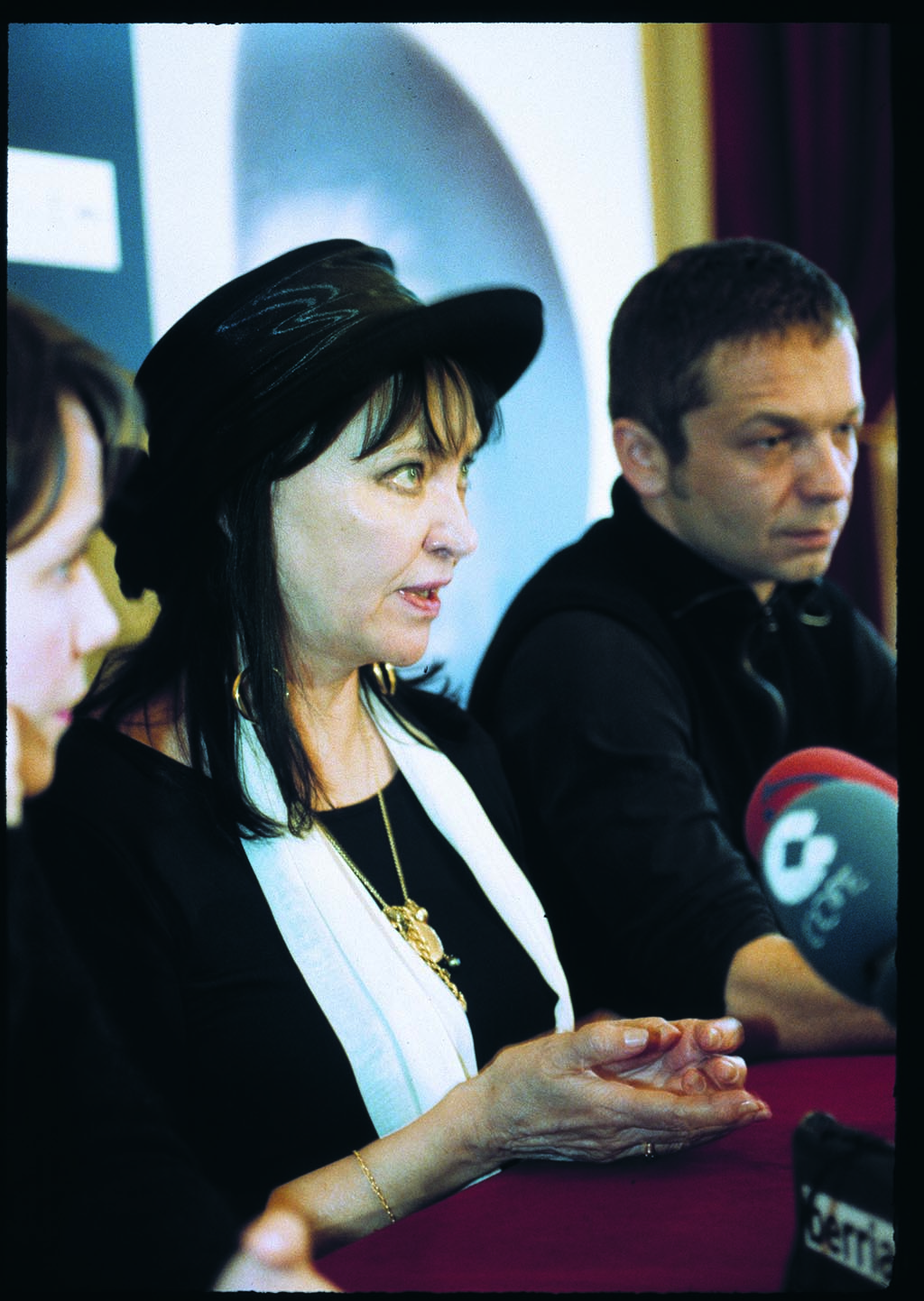THE DREAMER
The memory is vague about the exact moment, doublless one of those years around the middle of what would later be called “the happy sixties”. But more accurate where place is concerned. The small projection room that the firm Consulado had, in those days, in a part ol the premises above one-time cinema of the same name. About to be shown for a small number of director and friends of the Cine Club Universitario of Bilbao (University Film Society of Bilbao), for the first time and in advance of a public showing the next day, was Vivre sa vie (1962), he first of Jean-Luc Godard’s films. Though via restricted channels, it reached our screens imported by the Federación Española de Cine-Clubs (Spanish Federation of FIlm Societies). Insofar as concerns my sentimental education as a filmgoer, this showing entailed a series of unforgettable encounters.
First, with the work of a filmmaker who in later years (and too many have passed) would never cease to indicate the paths (although some turned out to be dead ends) that should be taken by films that sought earnestly to be a witnegs to their time. Afterwards, with a lype of lilm that implacably questioned the stereotypes of everyday cinema. But also with the delicate face of a young actress who was going lo become one of the icons of a time in which so many things seemed to be possible. The face of Anna Karina, framed by hair in the style of Louise Brooks, was compared by the filmmaker with the bare face of Maria Falconetti as she played the Joan of Arc of the ascetic Dreyer. Nana’s tears (and in her name we should se not only the superimposed references to Emile Zola and Jean Renoir, but also, and above all, the anagram of the actress’s name) echo those of Joan of Arc, in the same way that those of Anna Karina echoed the tears of Falconetti. When in one of the last scenes of the film we hear the unmistakeable voice of Godard asking Nana/Anna if she wants him to read her The Oval Portrait, by Edgar Allan Poe, things were made clear immediately: “It is our story. It is the story of a painter who produces a portrait of his wife.
We couldn’t know then that this was going to end up being one of the eight films that Godard and Anna Karina would film together over a period of a little more than seven years, thus forming a body of work that finds its only parallal, from the point of view of relations between a direcior and his favourte actress, with thal composed by Josef von Sternberg and Marlene Dietrich in the thirties of the past century. For although Anna Karina’s career as actress (and also as singer; who has been able to forget her extraordinary “Jamais je ne t’ai dit que je l’aimerai toujours” in Prerror le fou?) goes beyond the limits of her collaboration with Jean-Luc Godard (she was acting for Jacques Rivette, for whom she played the role of Suzanne Simonin, Diderot’s nun, Andre Delvaux, Rainer W. Fasbinder, Luchino Visconti, and George Cukor, among olhers; she directed an impressive film, Vive ensemble, in 1973) is in the interior of the territory delimited by that encounter where there rose up the unforgetlable fruits of an exceptional relation. At root the films of the Godard and Karina duo are simply variations (in the musical sense of the expression) on a relationship, cinematographic explorations on which they superimpose therselves, until finally the body and face of the character are confused with those of the actress and where the glance of the filmmaker, through the masks of Veronica Dreyer, Angela, Nana, Odile, Marianne Renoir, Natacha von Braun, Paula Nelson, or the stewardess 703, scrutinizes the changes that take place in another character, who was playing a role in real life and to whom one could apply the words that Lemmy Caution used in A/phaville to describe the female character in the film, i.e. “Her smile reminded me of the old vampire films.” Fatal beauty.
Is it any surprise that pictures of Anna Karina (taken from that Bande à part in which she danced an unforgettable madison and, with Samy Frei and Claude Brasseur, broke the record for a quick visit to the Louvre) should form part of the homage that Bertolucci pays to mythical times in The Dreamers? To the films that brought Jean-Luc Godard and Anna Karina together, one may finally apply what Louis Aragon wrote when he was trying to explain the way he felt about Godard’s work: “He wanted to speak about art. And he spoke only about life.” Or, in other words, how fiction becomes documentary.
Santos Zunzunegui
Professor (UPV/EHU)

